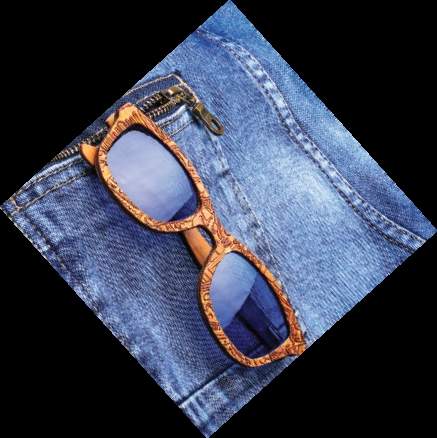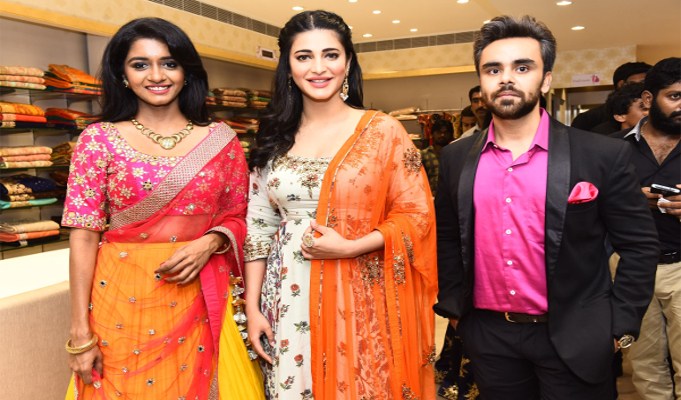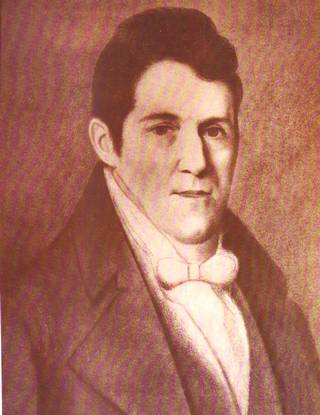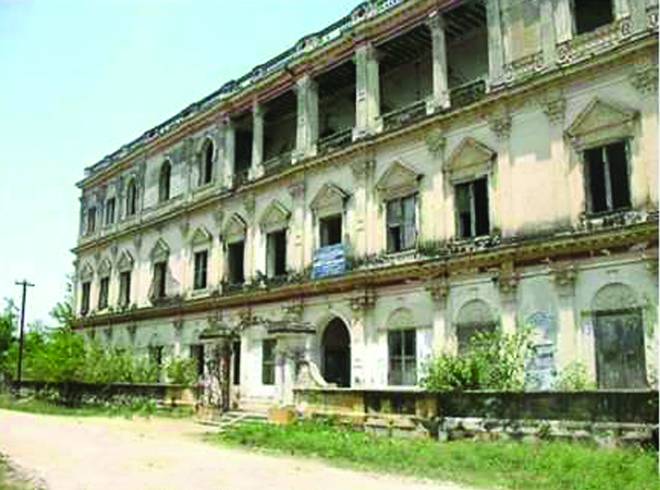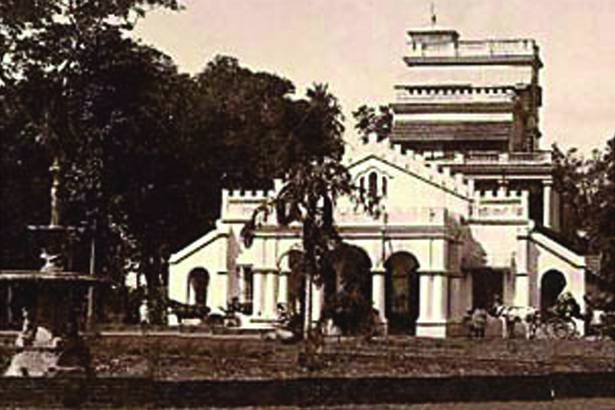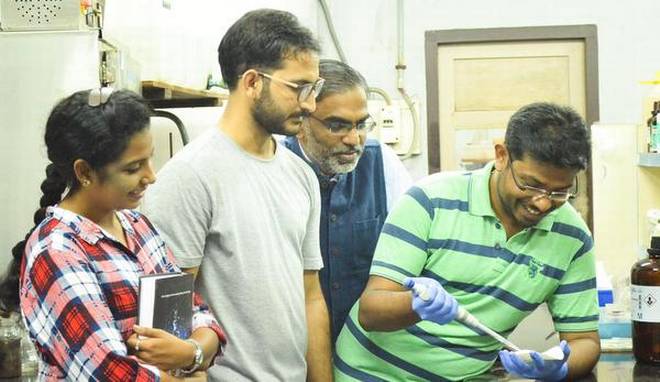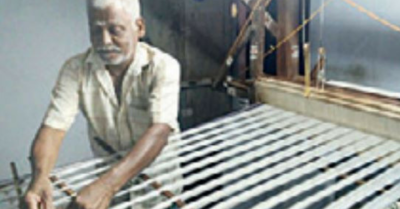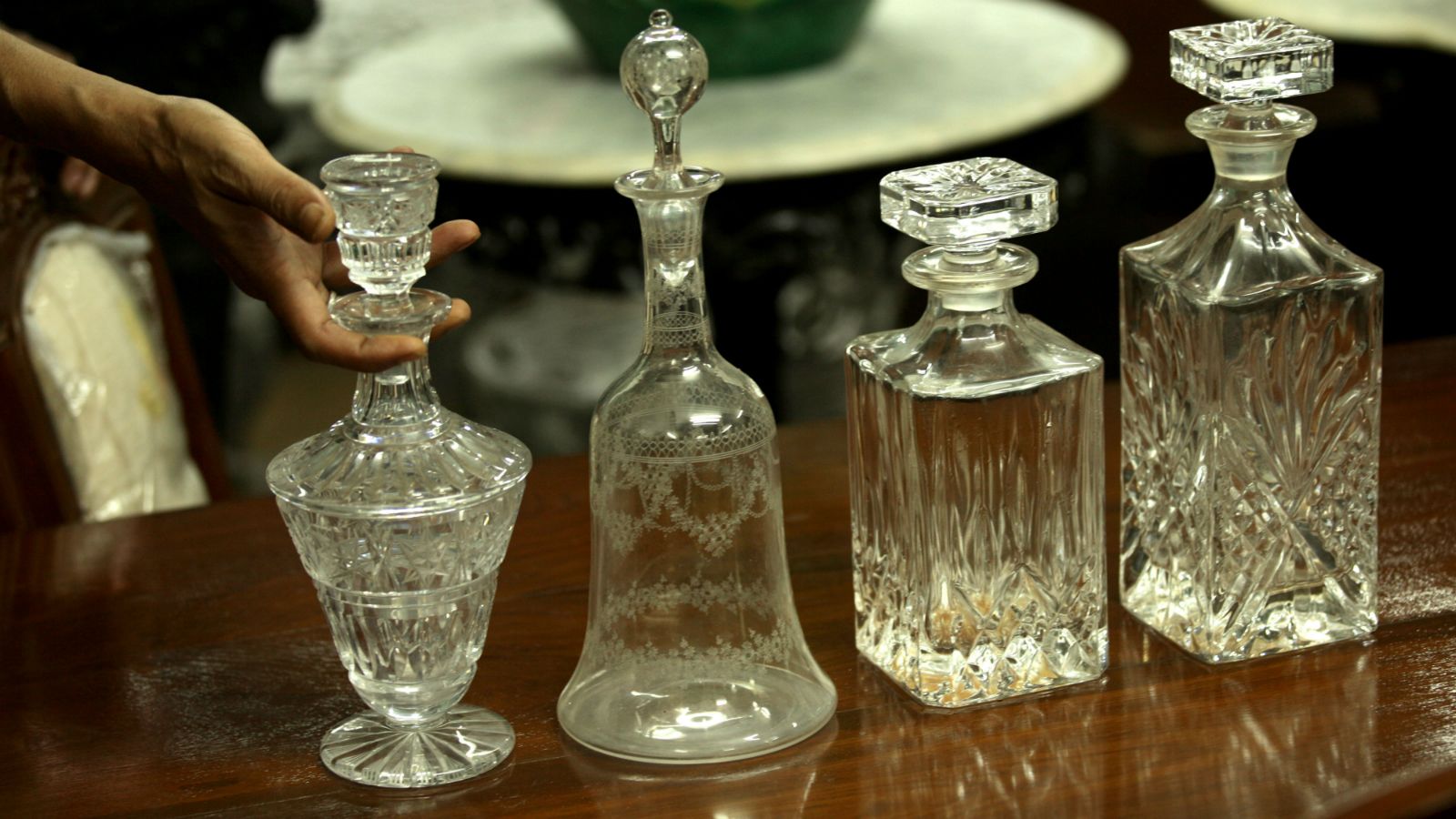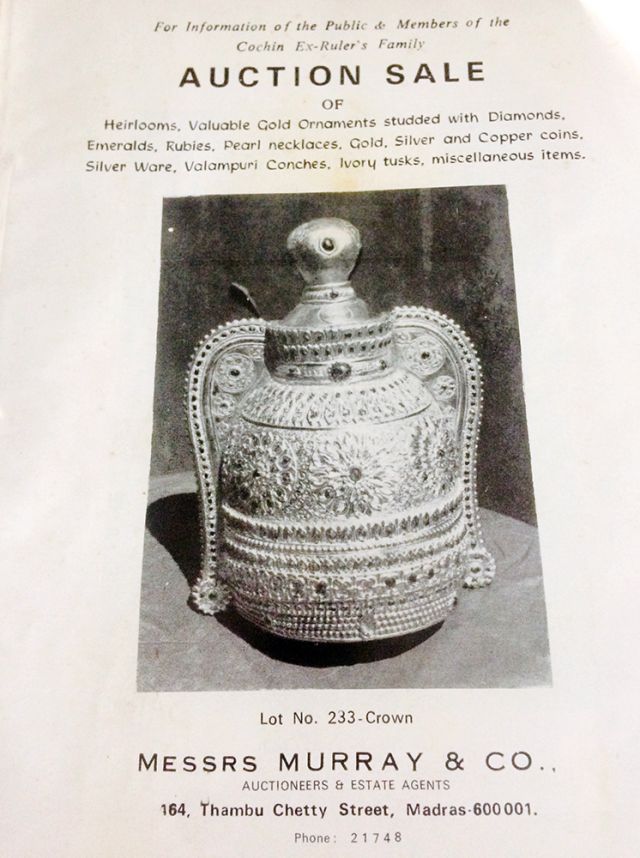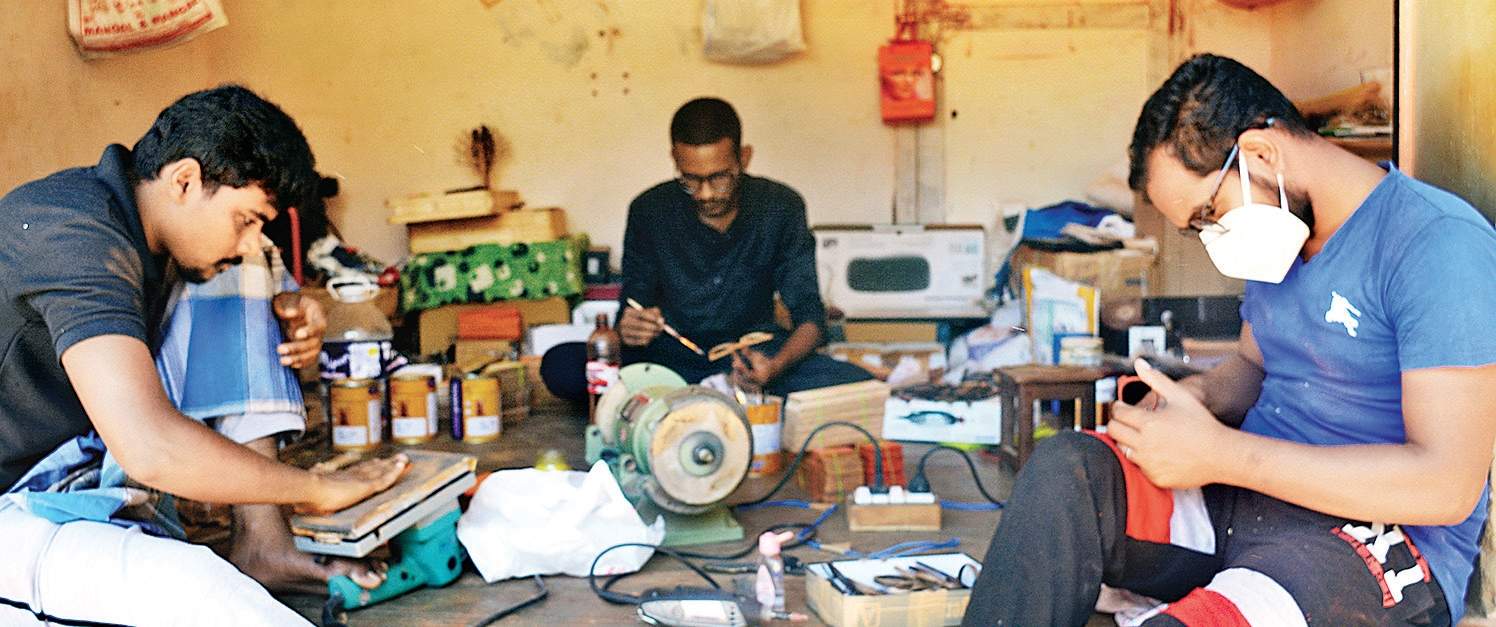
Chennai :
As fashion progresses towards going green, this Chennai startup went one step further turning spectacle frames biodegradable. Though there are many options for buying spectacle frames in the market today, an online store TeteWood, deals in a unique product — biodegradable wooden frames. ‘When we heal the earth, we heal ourselves, so why not go green, make a cleaner greener environment and make the Earth a better place for our fellow Earthlings’ reads the company’s motto.
Jayakumar Mamani, (24), CEO, TeteWood, started the company in January 2017. ‘Tete’ stands for Tectonas Texture. He was inspired by a local optical vendor in Karaikudi and that is how it all began. “I am interested in wood and studied a lot about bamboo in Auroville. When I visited Hyderabad, I loved the concept of the wooden house, and wanted to learn more,” he says. “I was always looking forward to creating something innovative that can be used by people on a daily basis. So I thought of making wooden eyewear which is a unique concept in India, and preferred by youngsters,” he says.
The business is helmed from Chennai and Bengaluru. They also ship orders to Maldives, Kenya and Australia. Most of their products go to retailers and wholesalers, and the stalls at international optical expos paved way for it. Jayakumar does his business online in other websites like Indiamart and TradeIndia.
He faced several challenges in the initial stages. “My mother was a house maid; we struggled to eat one square meal a day. I also lost my father in the first month of the launch of our website,” he shares.
Collecting wooden frames for sampling was also difficult as there were lots of legal formalities. Now, he wants to take Tetewood to the next level and is looking for big investors.
“Customers can bring any wooden piece to us and we will make the desired spectacle out of it. For instance, even if a broken chair is given to us, we can make multiple frames out of it!” His investors include his friends with whom he plays basketball. “They gave me all that I wanted; they are my genies. One of my friends, Ragu showed great interest in the product and invested Rs 5 lakh for starting the project. Now I have three other individual investors, a sum of Rs 25 lakh on the whole,” he says.
There are 12 employees in the team and 80% of the work is handcrafted by the traditional artists of Karaikudi. Sonnet and Booze model are in demand in the Indian market and product with customer’s name engraved on it is most liked.
Tetewood has taken the patent for the patterns/engravings over wooden optical frames, luxury frames — frames with wood and gold costing from Rs 20,000 to Rs 60,000 per frame. In future, he plans to make frames from wood and jean, oxidized plate, metal/stone/linen/other combo with natural prints, wooden phone cases, bowties, wooden certificates, wooden notebooks and the list goes on.
Due to the large scale demands of the products, he had to reject few offers as they only produce around 100 pieces of frames as the time and labour invested is more. “We are the first manufacturers in India to build a company exclusively for the wooden eyewear, so there is not much competition for us in the market,” claims Jayakumar.
To make a strong base offline and market his project he would need Rs 3 crore.
Rs 5 lakh
The basic investment Tetewood started off with
Rs 25 lakh
The current capital with which they work on wih three investors on board
Rs 3 crore
The amount they need in investment for venturing into luxury products
12 employees
While their products are handcrafted by artistes of Karaikudi.
source: http://www.newindianexpress.com / The New Indian Express / Home> Cities> Chennai / by Priyanka Susil / Express News Service / November 01st, 2017
